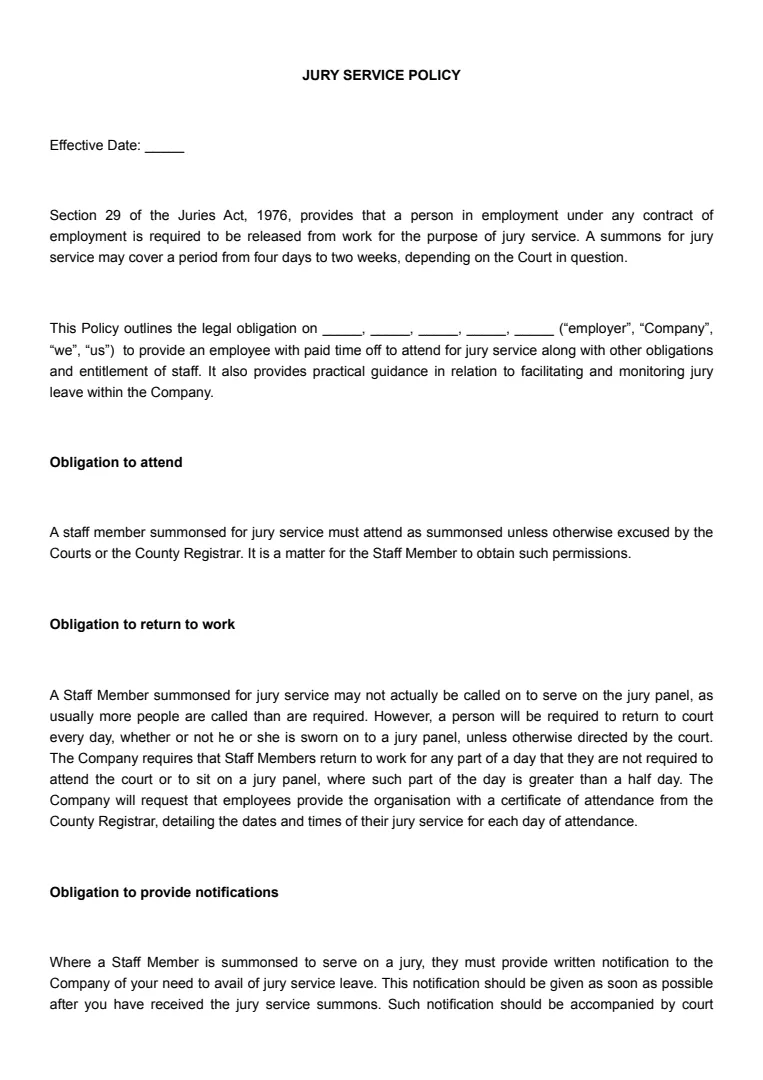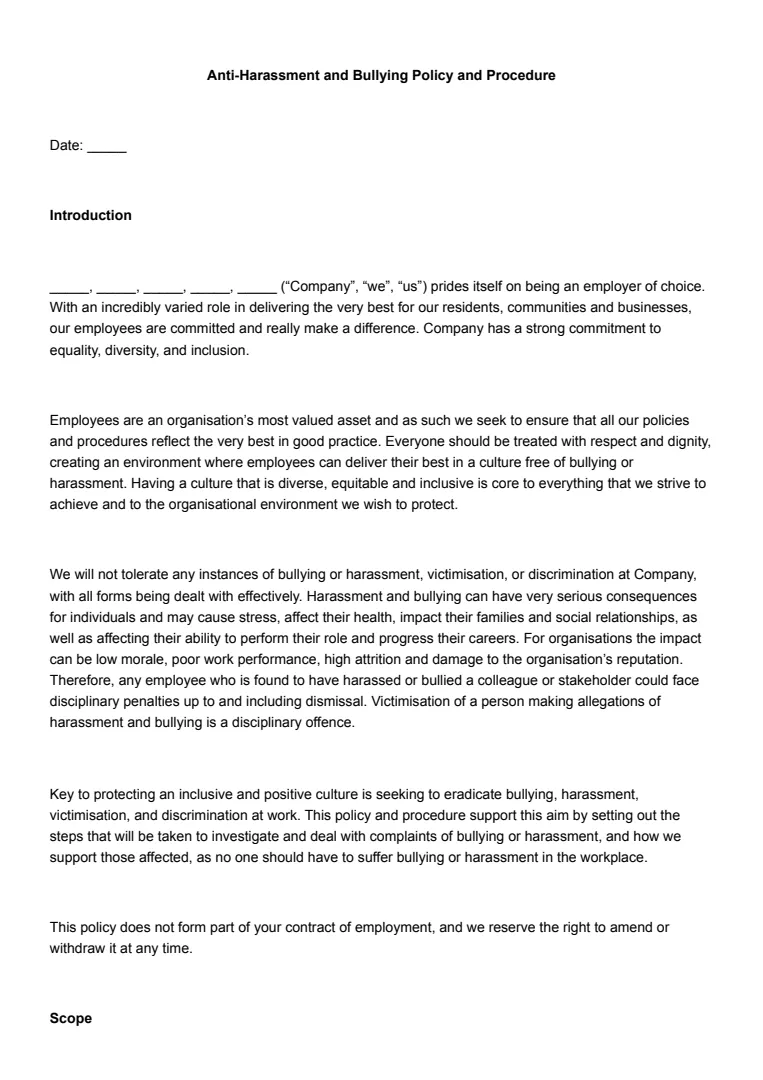What Is an Employee Handbook?
Whether you’re an employee or an employer, you may be wondering what an employee handbook is and why it's important. Imagine it as your go-to guide for everything related to your job. It's like having a manual that describes things like company culture, rules, and what’s expected of you.
An employee handbook includes employment basics that set the groundwork for your job. It might explain your working hours, pay details, and leave policies.
It also covers employment particulars, which are the specifics of your role. This could include your responsibilities, performance expectations, and even your manager's contact details.
It’s not just about rules; it’s also about your well-being. Most handbooks cover health and safety guidelines to ensure a safe working environment. Plus, they often outline procedures for resolving issues or grievances.
Employee handbooks can vary from one company to another. Some are simple and straightforward, while others are detailed and comprehensive. Some employers might send you a physical copy, while others offer a digital version.
Policies on dress code, internet use, and communication are also typically part of the handbook.
It’s not all rules, though. Some handbooks delve into company values and culture to help you fit in better.
Ultimately, this handy document keeps you informed and helps you feel more secure in your role. Keep your employee handbook nearby, as it’s a vital resource for navigating your journey in the company.
When Is an Employee Handbook Needed?
As an employer, an employee handbook is invaluable when your company expands beyond a handful of employees. It helps ensure consistency and clarity in communication, especially when managing a larger team.
There are some key situations when having an employee handbook is essential:
- When Implementing New Policies: If your organisation is introducing new policies or revising existing ones, you should document them in the handbook. This ensures everyone has access to the latest guidelines.
- During Rapid Growth: If your business is scaling quickly, having a handbook helps to maintain uniform policies across departments. It aids onboarding and ensures new employees understand the company culture and expectations.
- Legal Compliance: Although not legally required, such as an employment contract, handbooks can help demonstrate compliance in situations that require certain policies, like anti-discrimination or grievance procedures.
- At-Will Employment Clarification: In regions or situations where at-will employment applies, it’s crucial to have a clear description of this status. The handbook can outline what at-will employment means, protecting both the employee and employer.
- When Consistency is Crucial: Having a documented set of standards, such as time-off procedures or disciplinary methods, helps in managing expectations and reduces misunderstandings.
How to Write an Employee Handbook
Creating an employee handbook requires careful planning and attention to detail. The handbook serves as a guide for employees, outlining important policies, procedures, and expectations.
Here’s how you can start crafting one.
Step 1: Determine the Purpose and Scope
Consider what you want the handbook to achieve. Are you introducing company policies? Explaining work culture?
Clarify these goals early on. This will shape the content and tone of your document.
Step 2: Gather Company Policies and Information
Collect all relevant policies and procedures. This includes leave policies, dress code, and conduct expectations.
Make sure you have up-to-date information to provide clarity and consistency.
Step 3: Organise Content Logically
Structure the handbook in a way that’s easy to navigate. Start with an introduction to the company, then move into more detailed sections.
Use headings and subheadings to clearly delineate different areas.
Step 4: Write Clearly and Concisely
Use simple, straightforward language to explain policies. Avoid jargon and legalese.
Aim for short sentences and paragraphs that are easy to read and understand. Accessibility is key.
Step 5: Incorporate Company Culture
Make sure the handbook reflects your company's values and mission. This is an opportunity to reinforce the organisational culture and set expectations from the outset.
Step 6: Review and Revise Regularly
Regularly update the handbook to ensure it remains relevant. Policies may change, so make it a practice to review the document periodically and communicate any updates to employees promptly.













